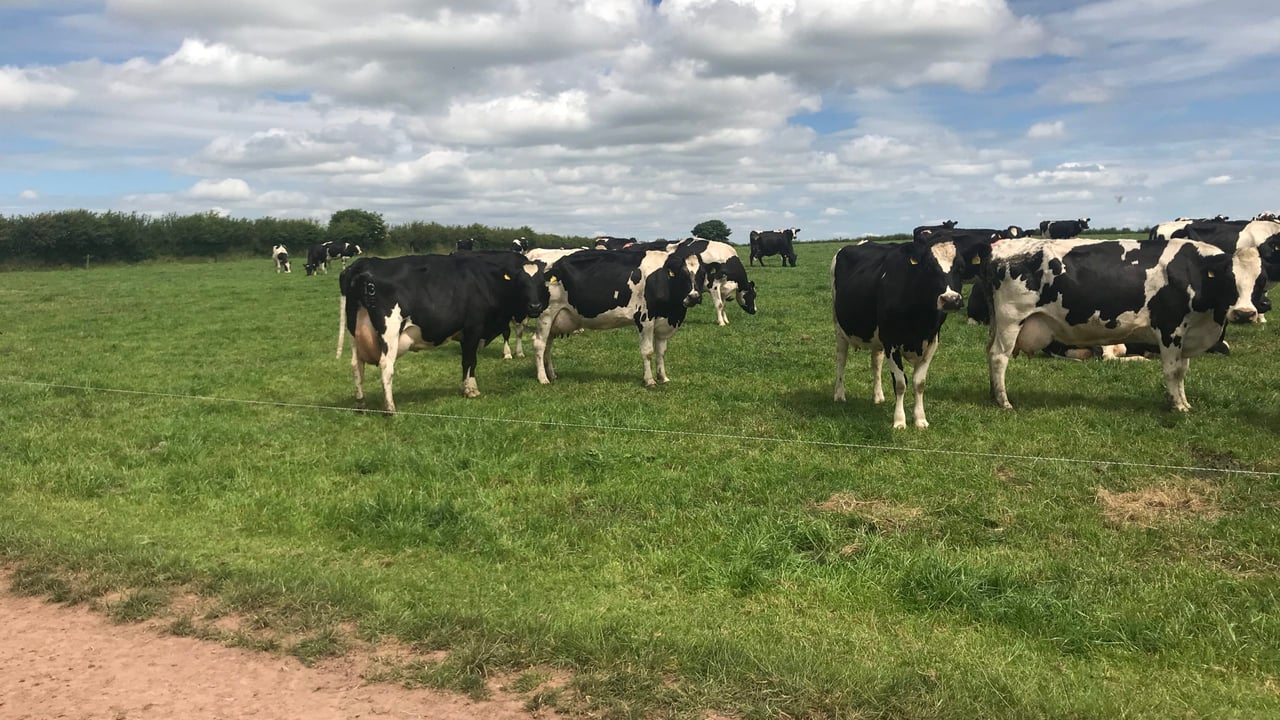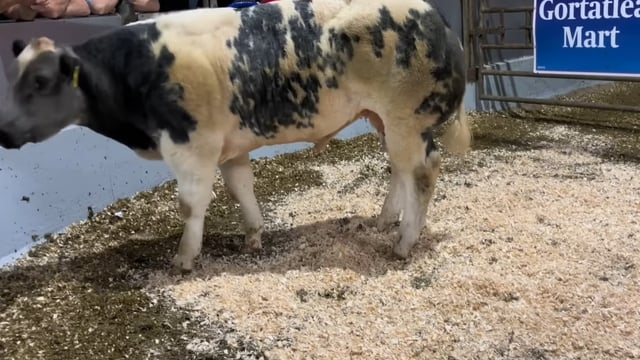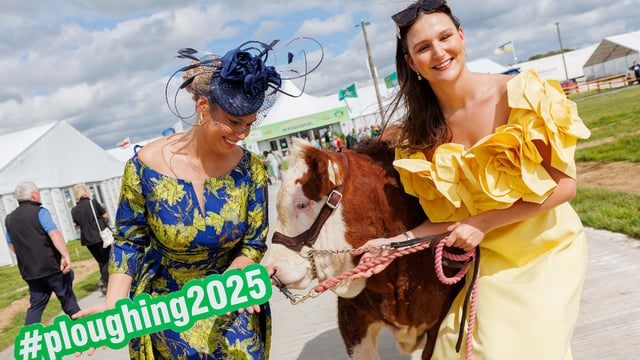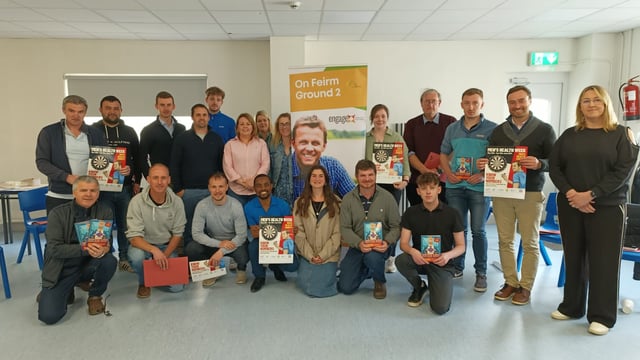Dairy advice: Dry spell stalls growth and impacts on building covers
Dairy farmers are at that stage of the grazing season where building covers is crucial while keeping sufficient grass ahead of cows.
Grass growth has taken a hit in the last week to 10 days and building covers for many has been difficult.
Dry weather and soil moisture deficits have spread upwards through the country, stemming from the south and made an impact up through the south east of the country.
Cork in particular has experienced soil moisture deficits for large parts of the summer, which has seen a lot of palm kernel, bales and increased meal supplementation in many diets.
A dry August has now seen this expand further up the country while most of the west and north of the country are still experiencing favourable grass growth to build covers without any supplementation.
Survey
The results of a new survey carried out by Tirlán over the period August 21 to 22 highlights exactly the issues that some farmers have been up against.
A total of 593 farmers responded to their survey and 57% of those respondents were from either Kilkenny, Wexford or Waterford.
According to the survey results 90% of respondents had a reducing average farm cover (AFC) or were struggling to build grass.
The specific results also showed that supplementary feeding had increased with concentrates and silage being the main choices to reduce demand.
Out of the farmers who responded to the survey, 33% saw a reduction in milk volume beyond expected levels and 48% were expecting to see a fall if conditions continued.
According to Tirlán, AFC in their area will be falling by 5-10kg DM/day at a time when farmers should be building covers as growth in the co-op's area is currently averaging 45kg DM/ha/day with an average demand of 50-55kg DM/ha/day.
The survey indicated good fodder reserves on farms currently, but according to Tirlán, if the current conditions were to continue, it could certainly see this situation change.
Building covers
Farmers would normally be targeting an AFC of 1000kg DM/Ha by September 1, however, as highlighted in the Tirlán survey results, the co-op is currently seeing a number of farms in their catchment that are below 500kg DM/Ha.
This is worrying as building adequate grass reserves into the autumn is a key driver of milk solids production and profit on farm.
Farmers need to be aiming to hold a 30 day grazing rotation at the minute, which is proving difficult with poor growth rates, but extra feeding needs to fill this gap in the diet to ensure that this rotation length is held.
Farmers should also consider re-introducing the strip wire if cows are going through grass too quick, as this will ensure decent post-grazing residuals and help build covers.
If you take a 100-cow farm with 30ha of a milking platform, to hold the rotation at 30 days at the minute, the farmer would have to allocate 1ha of the milking platform a day.
If the pre-grazing yield is low - at about 1,200kg of dry matter (DM)/ha - then these cows will be eating 12kg of DM grass each. If their daily intake is 18-19kg DM/day at the moment, then 6-7kg of DM is going to have to be made up of meal and silage.
If two 800kg bales of silage with a 30% DM were fed to these 100 cows each day, that would provide about 4.8kg DM of the cow's intake and the other 2-3kg DM can be made up of meal.
It is important therefore to ensure there is enough feed space at the feed barriers and enough time is allocated for cows to eat the required supplementation before or after a certain milking.
Cows will eat 5-6 kg DM grass in 3-4 hours, so one option is for cows to be fed for a few hours after morning milking and a few hours before evening milking, in order to reach their required dry matter allocation.
But if there are a few cows in this herd that are not performing and forcing you to feed more silage and more meal, then this extra supplementation is not worthwhile and moving on the poor performers should be considered before feeding more silage.
Farmers who made a lot of surplus bales this year should also remember that these bales will be needed into October and November to extend the grazing rotation and in the spring next year when cows are back out at grass.
If grass growth is completely struggling and farmers are struggling to hold the rotation without feeding over half the diet in silage and concentrates, then they should look to remove cull cows off the milking platform when they can.
In this situation, farmers need to look at extending the grazing platform, where and if they can by allocating silage ground, or heifers and calves grazing areas and moving these stock to out-blocks or ground off farm.
This only achievable if a farmer has another place for their dry stock which may not always be the case.





